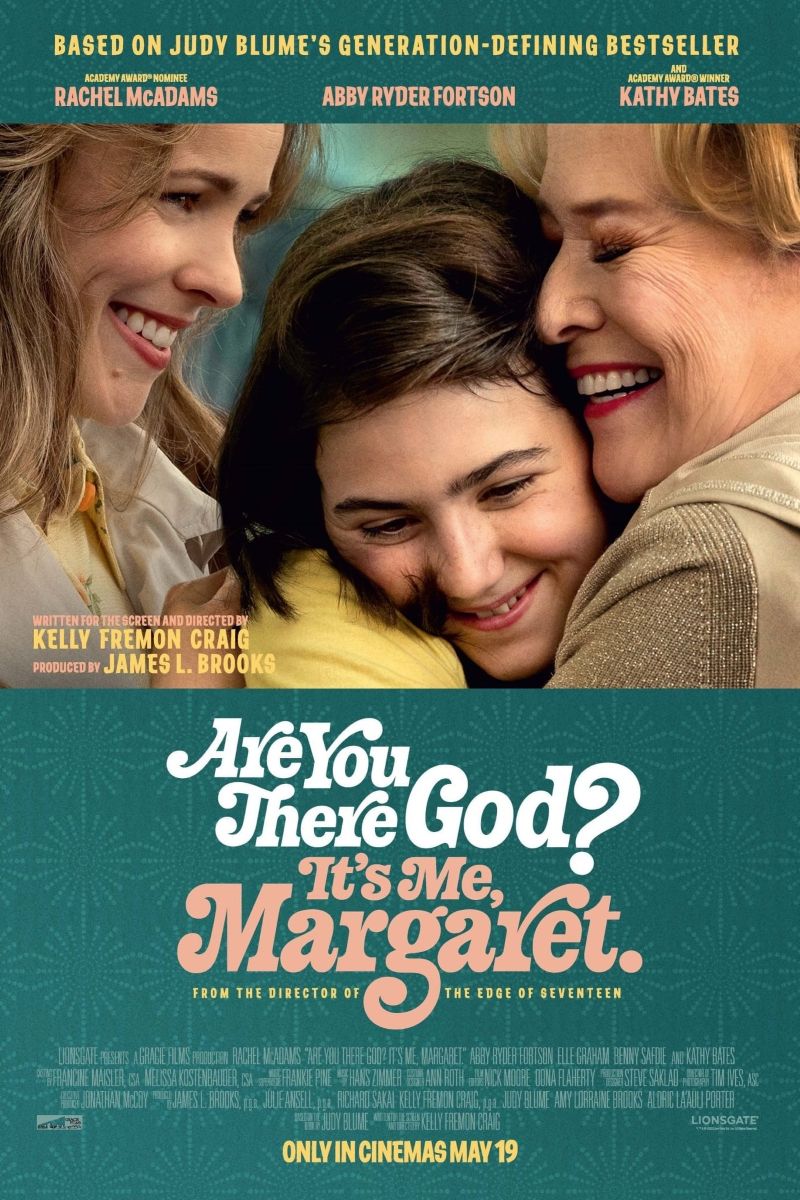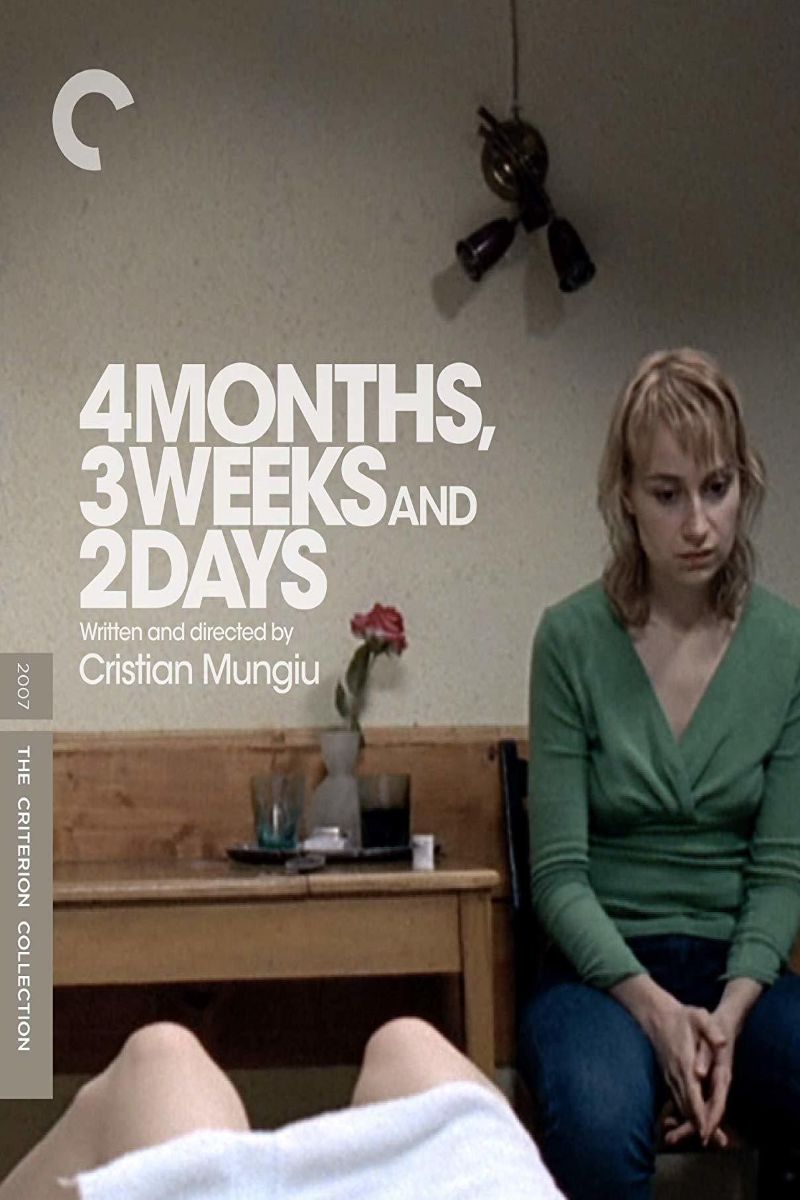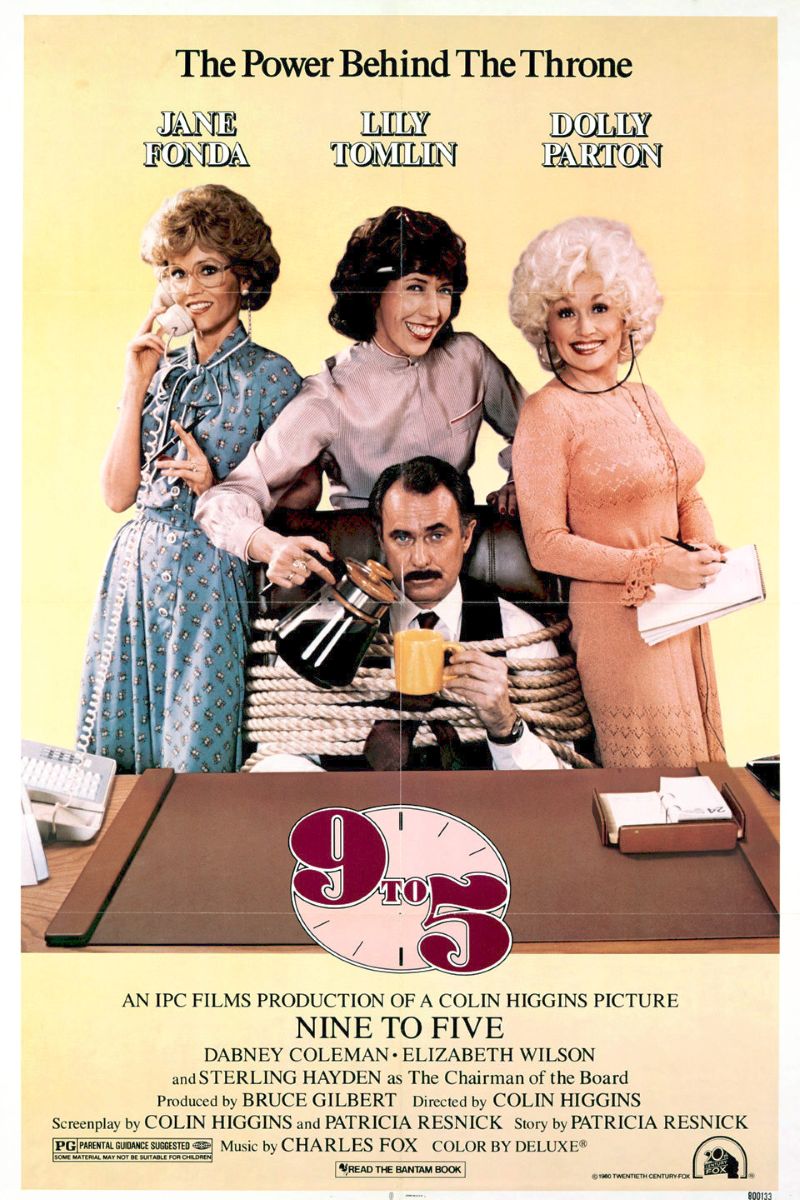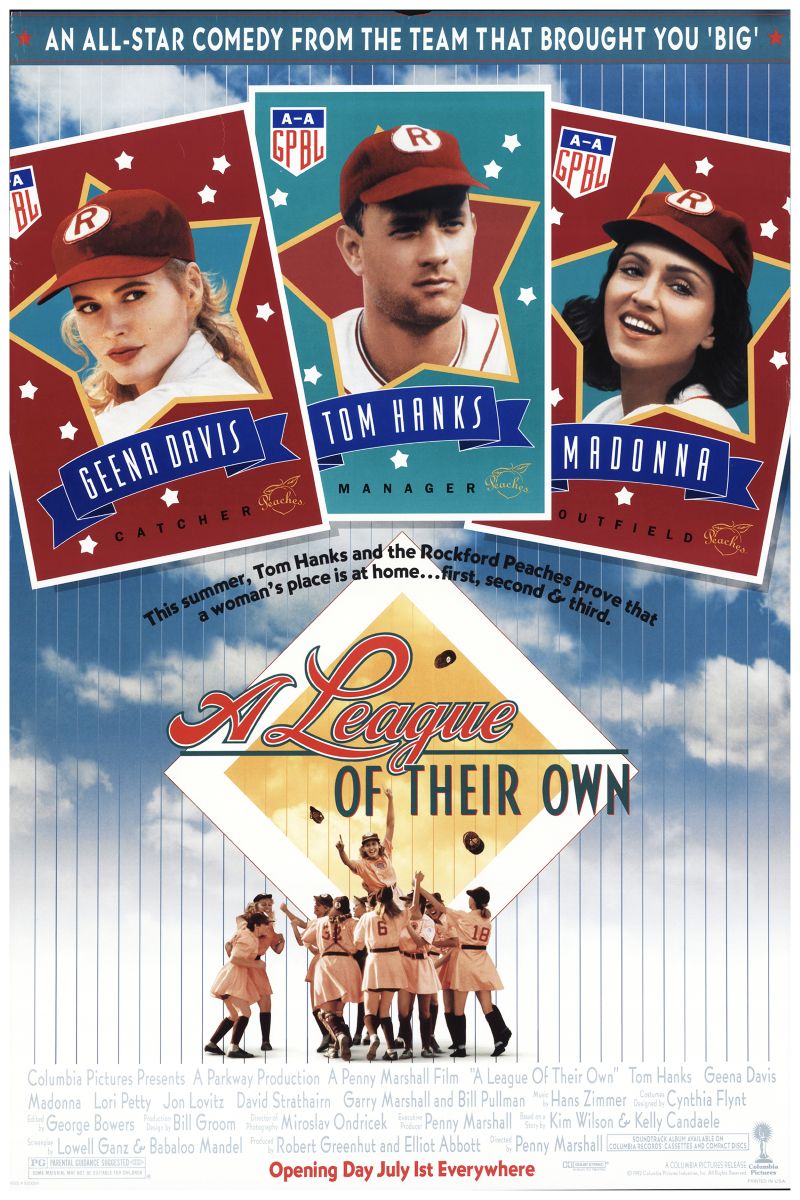
Are You There God? It's Me, Margaret
Are You There God? It's Me, Margaret
Adapted from Judy Blume's groundbreaking 1970 novel, follows 11-year-old Margaret Simon as she navigates puberty's physical changes, religious exploration, and identity formation. This warm and honest coming-of-age film explores female adolescent experiences, mother-daughter relationships, religious freedom, and the universality of women's intergenerational experiences through a delicate perspective.
Cast
Related Topics
🎥 Film Analysis & Review
Are You There God? It’s Me, Margaret is director Kelly Fremon Craig’s faithful yet fresh adaptation of Judy Blume’s groundbreaking 1970 novel, a film that explores the complex experiences of female puberty with rare honesty and warmth. Through 11-year-old Margaret Simon’s (Abby Ryder Fortson) story of facing adolescent anxieties about menstruation, bras, boys, and religious faith, the film serves not only as a classic coming-of-age narrative but as a profound exploration of women’s intergenerational experiences, mother-daughter relationships, and bodily autonomy.
From a gender socialization perspective, Margaret’s experiences demonstrate how girls navigate between social expectations and personal development. Her formation of the “Pre-Teen Sensory Experiences” club with friends, discussing breast development and purchasing first bras, shows how girls use peer support to understand and accept bodily changes. The film avoids portraying these conversations as foolish or ridiculous, instead presenting their concerns and curiosity with empathy and respect.
The portrayal of mother-daughter relationships forms the film’s emotional core. The relationship between Margaret and her mother Barbara (Rachel McAdams) is both intimate and complex. Barbara struggles to balance protecting her daughter’s innocence with preparing her for reality while processing her own identity crisis as a mother. The film demonstrates how mothers and daughters can build deeper connections through open communication and mutual understanding.
From a youth rights perspective, Margaret’s story emphasizes young people’s right to explore identity and faith. She refuses to be forced into choosing religious identities imposed by her grandparents, insisting on exploring spiritual faith through personal experience. This assertion of religious autonomy was radical for its time and remains significant today, particularly in religiously pluralistic societies.
The film’s critique of religious patriarchy is gentle yet effective. Margaret’s two grandmothers represent Jewish and Christian traditions respectively, both attempting to impose their faiths on their granddaughter. However, Margaret chooses an independent path of spiritual exploration through private conversations with God. This personalized religious practice challenges the authority of organized religion.
From a bodily autonomy perspective, the film’s frank discussion of menstruation and pubertal bodily changes carries important political significance. In a society that still treats female physiological processes as taboo, the film’s openness represents a form of resistance. Margaret’s anticipation and anxiety about menstruation are portrayed as normal and reasonable emotions rather than sources of shame.
The theme of female friendship is deeply explored through Margaret’s relationships with her friends. Their friendships are built on shared experiences and mutual support but also contain elements of competition and jealousy. When Margaret’s friend Nancy begins developing, their friendship faces challenges, but ultimately they learn to accept each other’s differences.
From a cultural identity perspective, Margaret, as a child from a Jewish-Christian mixed family, must find her place among multiple cultural heritages. Her confusion reflects identity challenges faced by many multicultural children. The film demonstrates that cultural identity is not fixed but can be shaped through personal choice and exploration.
The film’s inheritance of feminist self-help traditions manifests in its positive presentation of female experiences. Judy Blume’s original novel is considered an important work of feminist self-help literature, providing guidance and comfort about growing up for countless girls. The film adaptation continues this tradition, offering honest and warm portrayals of puberty for new generations of viewers.
From intergenerational trauma and healing perspectives, Barbara’s character demonstrates how women face identity challenges at different life stages. Her struggle transitioning from art teacher to full-time mother while seeking fulfillment in suburban life reflects many women’s dilemmas between family and career. Her open dialogue with Margaret becomes a bridge for mutual understanding and healing between generations.
The film’s visual language supports its warm and intimate themes. Gentle tones, natural lighting, and life-like settings create a family-style comfort. Director Craig avoids over-dramatization, choosing more realistic and natural representation.
From education and knowledge transmission perspectives, the film shows how women acquire knowledge about bodies and sexuality through informal channels. In environments lacking comprehensive sex education, girls rely on friends, magazines, and fragmented information to understand their bodies. This difficulty in knowledge acquisition highlights the necessity of sex education reform.
The film’s portrayal of consumer culture emerges through the bra shopping scene. This seemingly simple shopping experience is actually an important ritual in Margaret’s coming-of-age process. She must learn to balance commercialized beauty standards with personal comfort.
From psychological development perspectives, Margaret’s growth process demonstrates healthy self-awareness formation. She learns to question authority, express her needs, and maintain personal boundaries. These skills lay foundations for facing greater life challenges in the future.
The film’s treatment of the father’s role is also noteworthy. Margaret’s father plays a supportive role in her growth process, but certain topics remain between mother and daughter. This gendered communication pattern reflects social limitations on male participation in daughters’ puberty education.
From community and belonging perspectives, Margaret’s moving experience shows how young people establish connections in new environments. She must leave familiar New York city life and adapt to New Jersey suburban lifestyle. This geographical movement also symbolizes her transition from childhood to adolescence.
The film’s treatment of historical context reflects the influence of the 1970s women’s liberation movement. Though not directly politicized, Barbara’s pursuit of personal fulfillment and Margaret’s questioning of traditional authority both reflect that era’s social changes.
From cross-cultural dialogue perspectives, the film demonstrates how different religious traditions negotiate at the family level. Margaret’s religious exploration is not about rejecting tradition but finding a personalized spiritual practice.
Ultimately, Are You There God? It’s Me, Margaret’s value lies in providing an honest, warm, and respectful presentation of female adolescent experiences. Through Margaret’s story, the film conveys an important message: girls’ bodily changes, emotional needs, and spiritual explorations are all normal and worth celebrating. In a world that still maintains taboos about female bodies and experiences, this attitude of openness and acceptance carries profound liberating significance. The film reminds us that true growth requires a supportive environment where girls can freely ask questions, express concerns, and explore identity without bearing shame or judgment.
🏆 Awards & Recognition
- • People's Choice Award Best Family Movie
- • Teen Choice Award Best Drama Film
- • Women in Film Awards Best Female Director
- • Children and Family Film Awards Best Family Film
⭐ Ratings & Links
Related Recommendations
Comments & Discussion
Discuss this video with other viewers
Join the Discussion
Discuss this video with other viewers
Loading comments...



